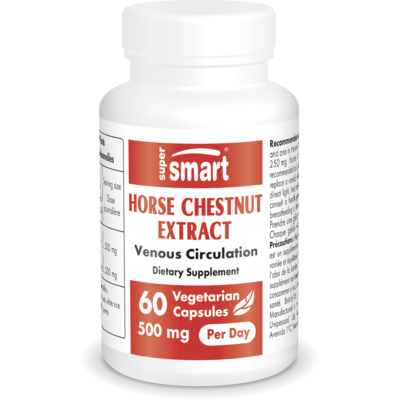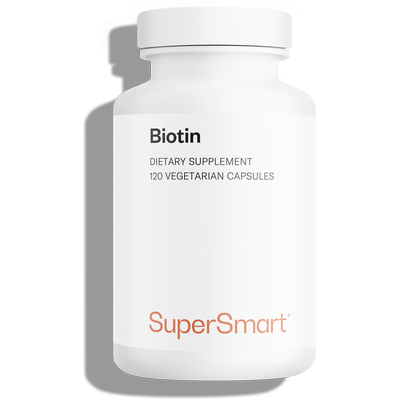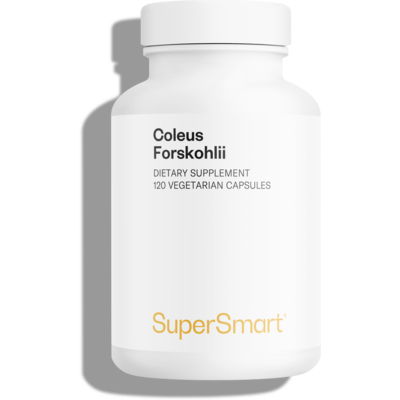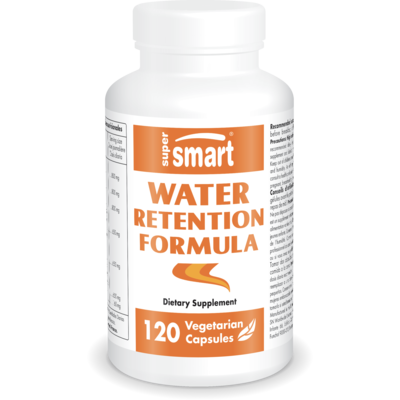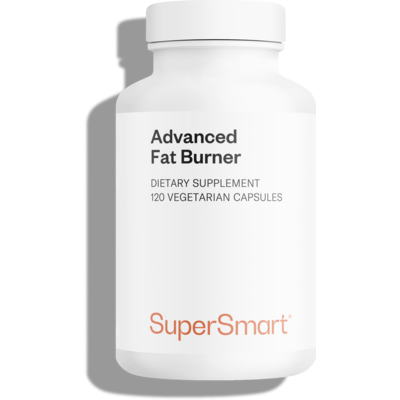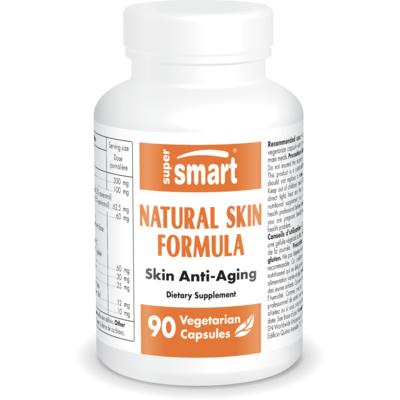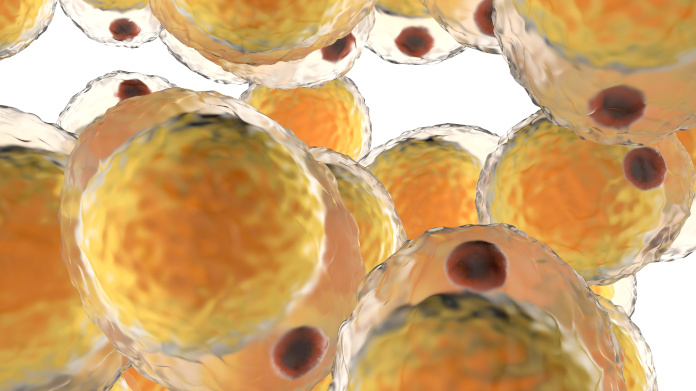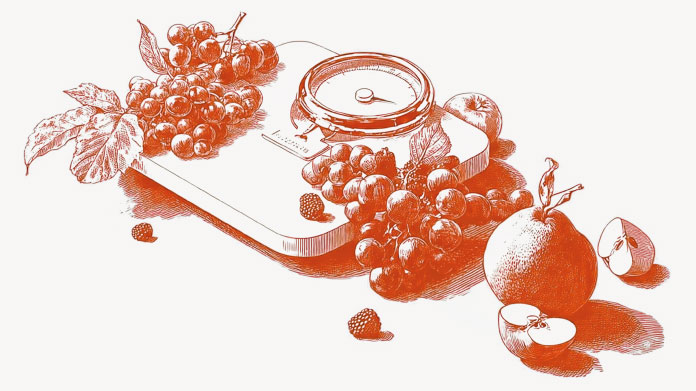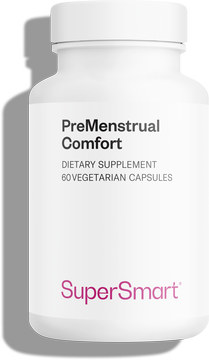What’s the best supplement for fighting cellulite?
Are you affected by cellulite, the subcutaneous fat deposits that give your skin a lumpy, dimpled appearance? Discover which supplement is most effective at helping to get rid of cellulite.

Cellulite, a common and distressing problem
Far from being a health disorder, cellulite is simply a variation in the distribution of fat on the surface of the skin of the thighs, buttocks, hips and sometimes arms, which affects the vast majority of women (1).
Though in the main harmless, cellulite is nonetheless distressing , as it’s generally considered to be unsightly (2).
What causes cellulite?
The causes of cellulite are fairly well-understood. Small pockets of fat (adipocytes) are found just beneath the surface of the skin, compartmentalised into chamber-like structures contained by dividing walls called ‘septa’.
Under the effects of female hormones and factors such as water retention and poor circulation (3), these pockets gradually increase in volume, enlarging the fat cells (to up to 50 times their initial volume), while at the same time, the septa deteriorate.
This results in the surface of the skin taking on a lumpy and dimpled appearance often referred to as ‘orange peel’ skin.
The 3 types of cellulite
There are 3 main types of cellulite:
- adipose cellulite (an increase in adipose tissue);
- aqueous cellulite (adipose cellulite associated with water retention);
- and fibrous cellulite (ingrained adipose cellulite, with fibrosis).
4 natural anti-cellulite tips
Let’s start with some natural tips for fighting cellulite in general:
- make sure you eat a balanced diet with plenty of fruit and vegetables;
- take regular exercise;
- drink enough water every day;
- and massage your skin (using a ‘ rolling-kneading’ technique) to stimulate circulation and reduce fat deposits.
Is there a single dietary supplement that’s effective for cellulite?
Let’s now take a look at the most effective supplements. As several factors contribute to cellulite (hormonal imbalance, circulation problems, lipolysis dysfunction, excess weight, water retention, etc), there is no single micronutrient capable of tackling it, still less eliminating it for good.
The right supplement for you therefore depends on your particular circumstances and the assumed causes of your cellulite: once you’ve your evaluated your situation, you’ll know which supplement to prioritise. A combination of several supplements may be needed to achieve the best results. If necessary, consult a skin specialist to help you choose.
Fat-burning supplements for adipose cellulite
For hormonal or dietary reasons, many women store more fat than they should.
This excess fat accumulates in adipocytes, some of which are in the hypodermis, the skin’s lowermost layer. These fat cells end up taking up so much space that they distort the surface of the skin. This process is exacerbated by inflammation caused by impeded elimination of multiple waste-products due to the disproportionate size of these adipocytes.
This type of cellulite (adipose cellulite) is typically found on the stomach, buttocks, thighs and hips, usually in people who are overweight.
To try and control it, scientists are studying substances that may promote lipolysis, a natural process in which the body ‘burns’ fats to mobilise energy.
There are a number of these substances, including extracts of guarana (mainly because of its high caffeine content), Coleus forskohlii and Garcinia cambogia. Their efficacy is largely based on a similar mechanism of action: supporting the production of a messenger called cAMP, which activates lipase, an enzyme able to trigger lipolysis (several of these compounds can be found in Advanced Fat Burner).
Diuretic supplements for aqueous cellulite
In some cases, cellulite is primarily the result of water retention, which is itself often linked to poor blood and lymphatic circulation.
The accumulation of water in tissues causes swelling and deformities of the skin, making the superficial fat pockets (or ‘dimpling’) stand out.
This type of aqueous cellulite tends to affect thin people, usually on their thighs and calves. It is especially noticeable when the skin in these areas is pinched.
To reduce it, you may want to consider taking ‘anti-cellulite’ infusions (artichoke, meadowsweet…) and ‘draining’ supplements (like the synergistic formulation Water Retention Formula with its barbary fig extract, excellent for combatting water retention).
Which supplements are best for fibrous cellulite?
When adipose cellulite has been present for a while, the collagen fibres that form the partitions between adipocytes can become disorganised and eventually rigid (a process called ‘fibrosis’).
The skin loses its suppleness and gradually becomes hard and painful, and the cellulite becomes even more pronounced. This is called fibrous cellulite, or embedded cellulite. (4).
Harder to dislodge, this type of cellulite usually requires a combination of different approaches: burning excess fat (Advanced Fat Burner), perhaps combatting water retention (Water Retention Formula), or sometimes following a specific medical treatment prescribed by a doctor, etc.
Horse chestnut for poor venous return conducive to cellulite
In addition, poor circulation in small blood vessels promotes the storing of superficial fats and the accumulation of waste products around them. That’s why women who suffer from venolymphatic insufficiency are at higher risk of cellulite.
One nutritional strategy, therefore, is to focus on venotonic nutrients to restore health to your venous system, and by extension, combat the cellulite caused by its dysfunction.
The most effective of these, and most notable for venotonic support, is horse chestnut. As a result of its aescin content, it helps to activate venous blood return from the legs, the area most affected by cellulite.
For maximum efficacy, it’s best to choose a venotonic supplement standardized in aescin (such as Horse Chestnut Extract).
Some supplements with benefits for skin health
Finally, it’s worth remembering that there are natural substances which are excellent for skin health in general.
Biotin (alias vitamin B8 or the ‘beauty vitamin’) helps to maintain healthy skin by supporting cellular metabolism, and the production of both keratin and fatty acids important for the skin barrier, etc.
This vitamin is available as a dietary supplement (for example, Biotin in capsules) and as part of synergistic formulations targeted at skin health (such as Natural Skin Formula, which provides all the elements necessary for beauty, suppleness and skin structure: biotin, collagen, elastin, ceramides, hyaluronic acid, etc.)
One last point : the various forms of cellulite mentioned in this article should not be confused with infectious cellulitis, an acute bacterial infection of the skin (recognisable by red, hot, swollen, painful skin) which in all cases requires medical intervention and follow-up.
SuperSmart ADVICE
References
- Nürnberger F, Muller G. So-called cellulite: an invented disease. J Dermatol Surg Oncol 1978;4:221–9
- Luebberding S, Krueger N, Sadick NS. Cellulite: an evidence-based review. Am J Clin Dermatol 2015;16:243–56.
- Rossi AB, Vergnanini AL. Cellulite: a review. J Eur Acad Dermatol Venereol 2000;14:251–62.
- Huang C, Ogawa R. Fibroproliferative disorders and their mechanobiology. Connect Tissue Res 2012;53:187–96.
Keywords
4 Days
Great customer service - responsive …
I ordered from them and my item was unavailable for sometime. I was super happy when they reactivated my order and shipped my item which arrived very quickly. Great customer service.
Ruth Rueter
5 Days
Super fast shipping
Super fast shipping
Donald Borling
8 Days
Reputable companysearch and the number of…
The research and the number of selection of products.
NAKHJAVAN Shervin
21 Days
The Anti Aromatase is a great product
The Anti Aromatase is a great product. You just need to have constant inventory. Recently this product has been out of stock.
GEORGE Verne
23 Days
Great help on chat
Great help on chat. Knowledgeable and friendly.
Jason Argos
26 Days
Customer service was fast and friendly.
Customer service helped to stop the transaction process of the subscription. I appreciated that.
Greenie
27 Days
I order here due to the high quality of…
I order here due to the high quality of the products and the quick delivery of items - thank you
Barbara J
28 Days
SuperSmart's Eye Pressure supplements: highly recommended!
I purchase SuperSmart's Eye Pressure supplements regularly for over 5 years, and gotta say they are truly a wonderful product for my Glaucoma. Highly recommended if you have eye pain from your Glaucoma.
D. Martinez
33 Days
Quick service
Quick service
MONELL
33 Days
Speedy service.
Speedy service.
ROSENTHAL Marvin
37 Days
Clear website- Efficient
Clear website. Excellent search engine and fast delivery!
Mohamad Hussein
40 Days
They have great products.
They have great products.
Vickie
40 Days
Great Shipping Time!
You Have A Great Shipping Time! Praise The Lord!
DMHoge
42 Days
Doctor Recommended!
Good pricing, very good availability, doctor recommended (couldn't find what I needed anywhere else), and it took only a week to arrive (which I can't complain about).
Al
42 Days
Great product and fast shipping
Great product and fast shipping
Marie

